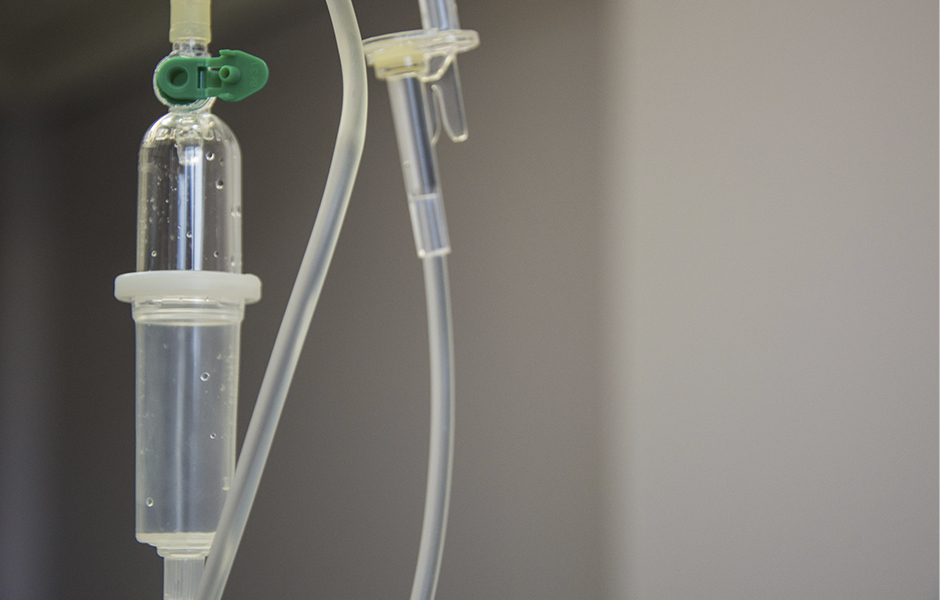Researchers from CINTESIS and the Faculty of Medicine of the University of Porto (FMUP) indicate a triage system whose performance is considered “excellent” in detecting the most severe cases among pediatric patients who seek emergency care. The results were published in the Journal of Medical Systems.
“This is the first validity study of the Paediatric Canadian Triage and Acuity Scale (PaedCTAS) conducted in Portugal, which provides a basis for improving the adequacy of the screening to the population of our country and the National Health Service,” says João Viana, a researcher at FMUP and CINTESIS.
The FMUP/CINTESIS team retrospectively examined all emergency department episodes of children aged 0-17 years in a pediatric emergency department of a hospital in the Porto area from 2014 to 2019. Overall, there were more than 452,000 emergency episodes.
One of the main objectives of the study was to assess the validity of the triage system, that is, to evaluate whether the triage system can distinguish between urgent situations, in which medical intervention in a short period of time prevents a rapid deterioration of the child’s health status, and less urgent situations, in which children can “safely wait”.
The triage is performed by specialized nurses and is based on the analysis of the child’s general condition, main complaint, and vital signs, taking into account age and associated risk factors.
The algorithm assigns a level that will determine the waiting time for pediatric patients to be seen by a physician or reassessed. Level 1 corresponds to the need for resuscitation and is seen immediately, level 2 can wait up to 15 minutes, level 3 up to 30 minutes, level 4 up to 60 minutes, and level 5 is considered non-urgent and can wait up to 120 minutes.
In the period studied, 0.2% of the urgent episodes were classified as level 1; 5.7% as level 2, 39.4% as level 3, 50.5% as level 4, and 4.2% as level 5. The flow of children to the emergency room varied little over the years of the study, with fewer cases occurring during the summer. Most children arrived at the hospital by their own means and returned home after discharge.
“The triage scale studied had an excellent performance. It is among the best in detecting urgent cases when compared with the most relevant severity indicators reported by other studies. The meticulous methodology of the study should also be highlighted, facilitating comparison in future work,” says the FMUP/CINTESIS researcher.
According to him, “the association found between screening levels and severity markers suggests that the Canadian Pediatric Screening is highly valid, that is, it has an excellent ability to distinguish urgent from non-urgent cases.
Thus, he continues, “It is urgent to use the data to evaluate and improve. We need to use this information to continually improve the triage system and tailor it to our population and our health care system.” This work was the first step in having a data-driven triage system.
João Viana also calls attention to the importance of the analysis of extracted indicators for improving the quality and efficiency of the health system.
“Through data analysis and interpretation, it is possible to extract relevant information about the performance of the system, identify trends and patterns, and use this information to guide strategic decisions and improvement actions. All so that our children and our population in general have better health care,” calls on João Viana.
PaedCTAS was developed in 2001, and has been adopted by the Advanced Paediatric Life Support of the American Academy of Paediatrics, the American College of Emergency Physicians (ACEP), and the Canadian Association of Emergency Physicians, among other organizations.
This work had the participation of several researchers from CINTESIS/FMUP and from the University Hospital Center of São João, and was coordinated by Almeida Santos and Alberto Freitas (FMUP).

